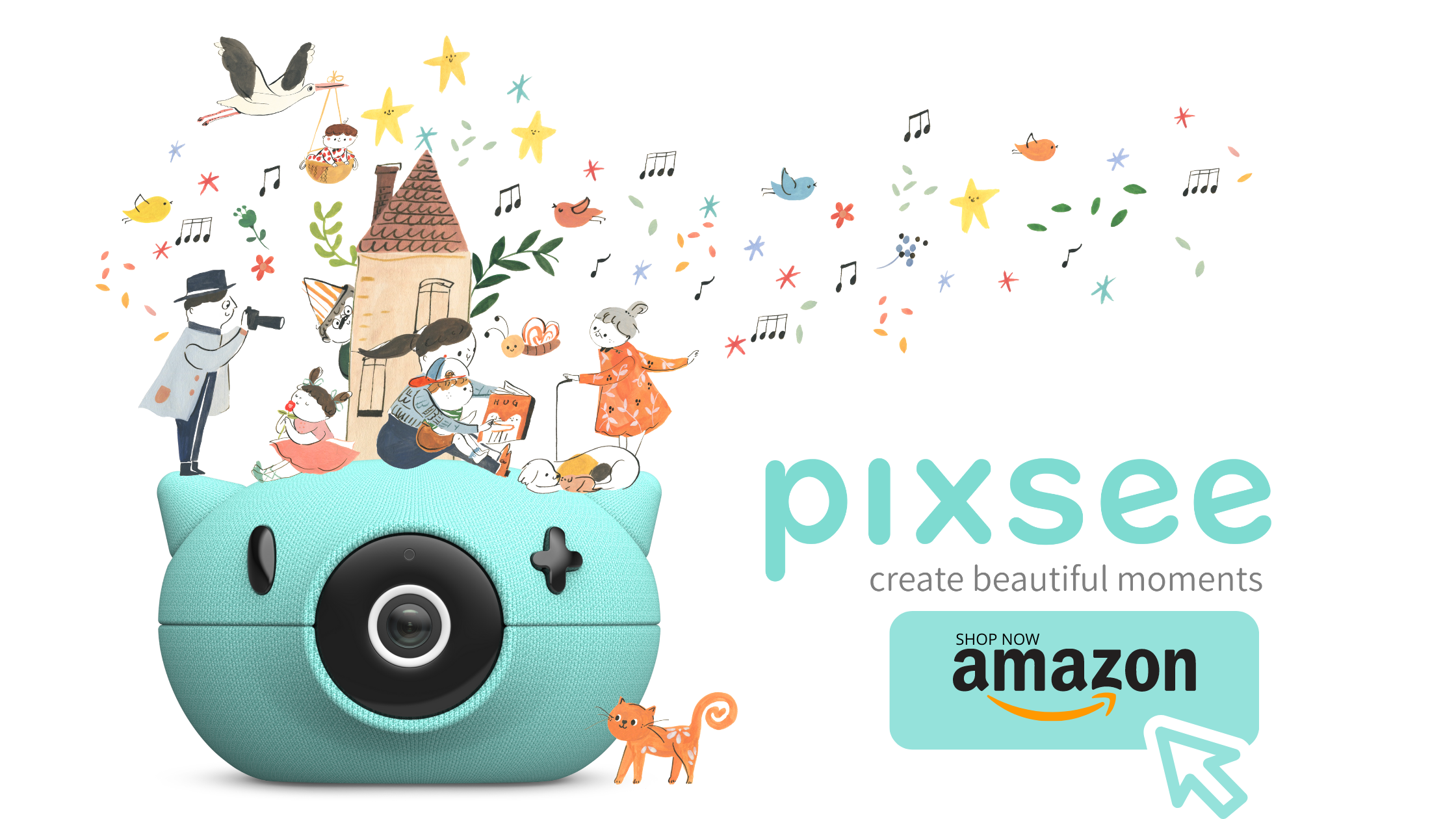Did you know that sign language is a complete language that includes punctuation, grammar, and unique regional variations? It even counts toward a student's foreign language credit at some schools. Sign language may be complex, but parents across the country are teaching their little ones—often with impressive results.
Isn't a whole foreign language too advanced for a baby? Nope! Infants are sponges, and starting with baby sign language can help your child develop strong communication skills right out of the womb.
You don't have to know sign language to begin teaching sign language to babies in your life. All you need to do is introduce one sign at a time.
We created this guide to give you a few tips to help you get started. Read on to discover why baby sign language is a life-changing tool and how to unlock its power with your little one.
What Is the Value of Baby Sign Language?
Many parents believe their little one is the brightest baby in the world—and every baby is brilliant. At a certain point during development, there is a gap between a baby's cognitive and physical development. This gap is due to how your baby's skull forms in the womb.
Run your tongue along the roof of your mouth. Do you feel a seam? That's your palate, where the halves of your skull fused together.
Babies have soft skulls to make birth and delivery easier on their little heads. Your baby's palate continues to develop for months, even into the first year. Humans need a fully developed tongue and palette to produce the majority of sounds necessary for human speech.
Thus, your baby might know what they want and even have the words in their brain. Physically, however, they are incapable of speaking coherently. This lag can lead to frustration, tantrums, and moodiness.
Imagine if you couldn't communicate a simple need. You'd feel frustrated, too! When you teach your baby a few simple signs, they can share their desires long before they can produce the words.
Sign language offers young children agency in the world and helps teach them to advocate for their needs. It reduces frustration and communication-related behavior challenges. It can even help you get to know your baby before they can tell you about themselves!
How to Teach Baby Sign Language
Your baby is ready to start learning signs between six and twelve months. Babies differ developmentally, and language concepts might click earlier or later for some babies. Once babies discover communication, they tend to take off running.
Starting is simple: say the word and perform the sign simultaneously to help link them in your baby's brain. For example, speak and sign "milk" as you hand your baby their cup or bottle. Make sure to do this every time to help your little one build the connection over time.
Begin with one sign, then slowly add more. This technique will help your baby understand that signs are a communication tool.
Baby sign language doesn't incorporate grammar, sentence structure, or other conventions of sign language. Introducing a few individual words is enough to get you started. When your child is older, you may enroll them in ASL classes so they can become fluent and communicate with the Deaf community.
Ways to Incorporate Sign Language Throughout the Day
It's always the right time to reinforce baby signs. Each time you encounter a vocabulary word "in the wild," speak and sign the word.
It's helpful to learn signs that can make mealtimes go smoothly. Many parents teach their children the signs for "more" and "all done." You can play a game with toys to help cement these concepts.
You can also introduce the signs for your little one's favorite toys, such as "ball" or "bear." Families love teaching "dog" and "cat" to include the family pets. You can play a "Bring me the..." game to see if your child is grasping the signs, even if they can't produce them yet.
When your little one begins signing, you can introduce the concept of manners. Teach your baby "please" and "thank you" to make kindness a habit.
Basic Sign Language for Babies
Although most families begin with one sign, babies learn quickly and can develop robust sign language vocabularies. Teaching signs to your baby won't impede their speech development at all. Research shows babies who sign speak earlier than their peers and develop nuanced verbal vocabularies.
Here are a few of the most common signs for families to start with:
- Milk
- Water
- Drink
- Hungry
- Eat
- More
- All done
- Mom
- Dad
- Yes
- No
- Please
- Thank you
- I love you
In general, choose signs that don't require advanced fine motor skills. All of the signs above are simple and easy for little hands. You can add words to this list that make sense for your lifestyle.
Communicating With Your Sweet Baby
Baby sign language is a tool that parents and caregivers can use to ensure that their baby has a voice, even before they can speak. It can be empowering for little ones to communicate with adults. Introducing sign language is a great way to reduce frustration, encourage agency, and get to know your baby before they have words.
You can continue encouraging two-way communication using the Pixsee smart video baby monitor. Your Pixsee includes quality HD video and crystal-clear two-way audio, virtually eliminating the distance between you and your little one. Visit our online store to explore how Pixsee can help you build trust and agency, even in the youngest babies.







